Punjab Govt Faces Backlash Over Cut in Non-Test Admissions at Schools of Eminence
The Punjab Education Department’s recent decision to reduce admissions for certain students in Classes VI, IX, and XI at 118 Schools of Eminence (SOEs) has sparked sharp criticism and controversy.
The Democratic Teacher Front (DTF) has condemned the move, calling it discriminatory and accusing the Aam Aadmi Party (AAP) government of actively discouraging admissions in SOE campuses—especially in schools that house both SOE and non-SOE students.
SOEs operate with a dual system: one for students who clear an entrance exam, granting them access to special amenities such as uniform allowances, advanced learning programs, smart classrooms, and modern sports facilities; and another for students admitted without the test, who do not receive these enhanced benefits.
On March 24, the Director of School Education (Secondary) issued a directive to District Education Officers (DEOs) to reduce the intake of non-test students in order to focus resources on those who qualify through the entrance test. The DEOs were further advised to guide such students to enroll in regular government schools instead. The instruction was issued under the guidance of Education Minister Harjot Bains.
Defending the policy, Minister Bains clarified that the SOE model is exclusively designed for students who clear the entrance test. “With growing interest in the test-based system, we are increasing the number of sections within SOEs,” he said, adding that infrastructure is being simultaneously upgraded in other government schools.
However, DTF President Vikram Dev criticized the move, alleging it is a tactic to divert attention from the shortage of lecturers in SOEs. He pointed out that a similar order restricting Class VI admissions in 2023 was withdrawn after protests by parents and teachers.
“Instead of steering students away from SOEs, the government should respect the catchment area model for admissions and ensure quality education for all,” Dev stated.
The issue continues to stir debate among educators, unions, and parents, as questions remain about the equitable distribution of educational resources and access.


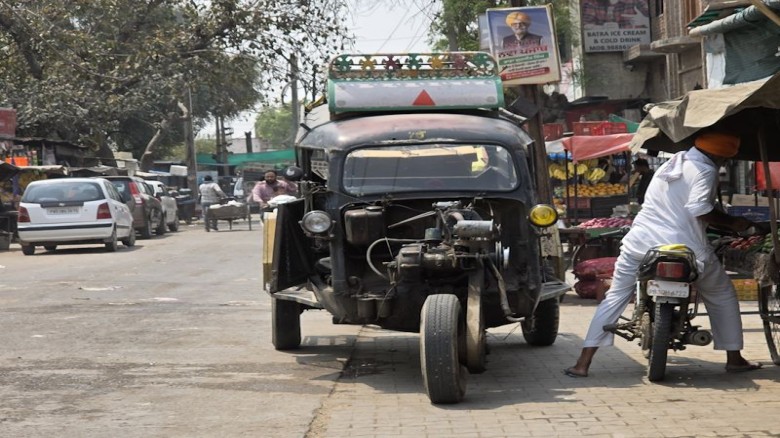

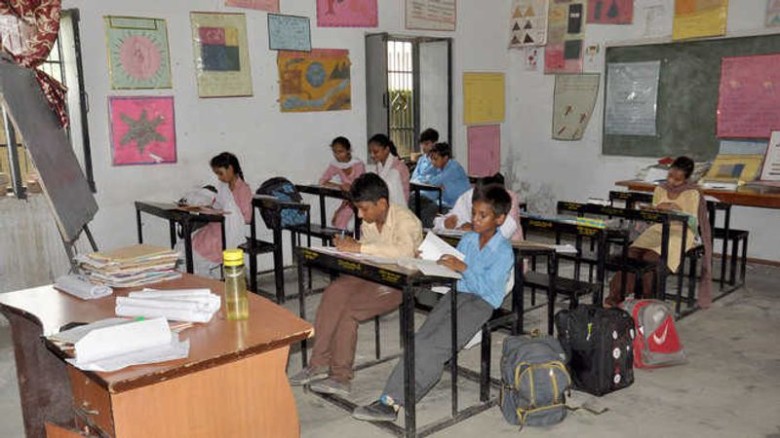



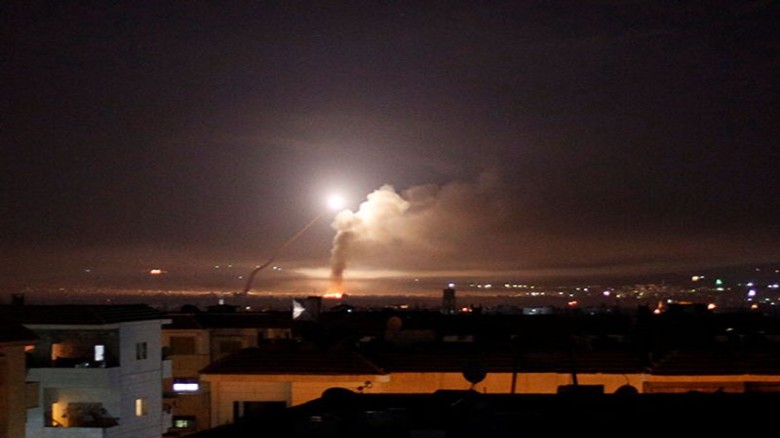










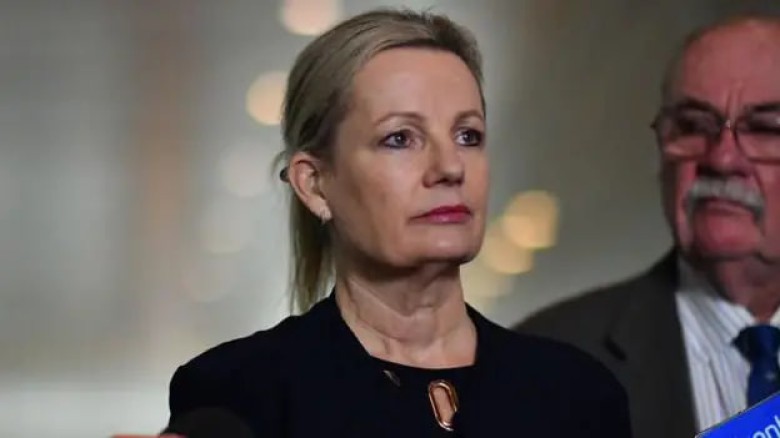

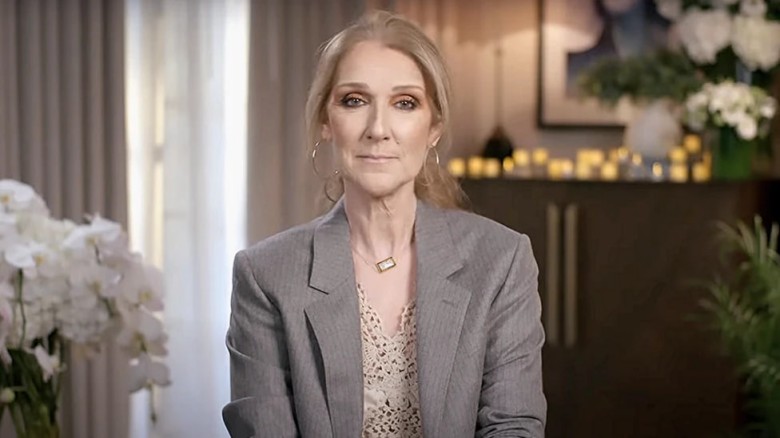




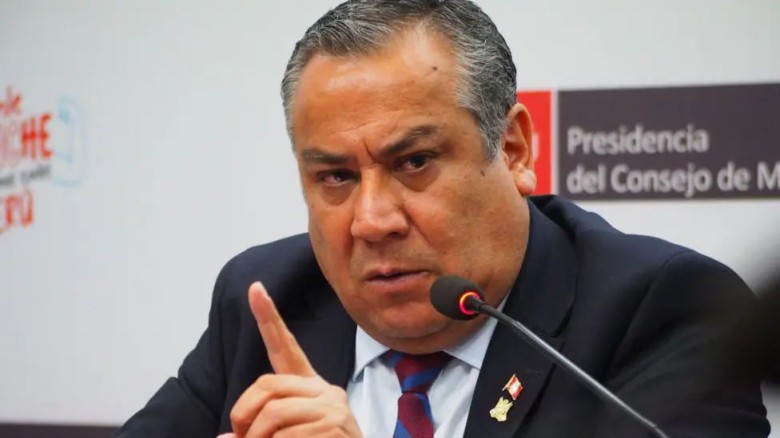

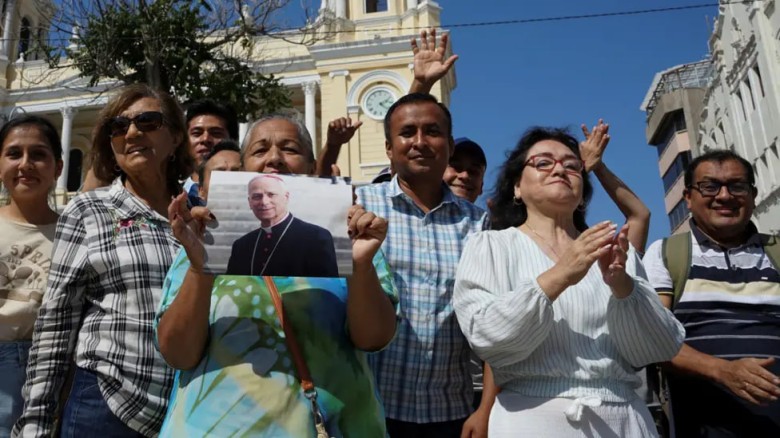


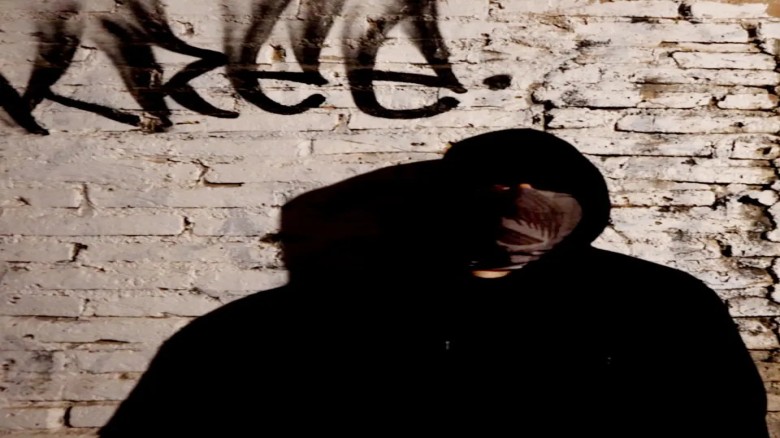
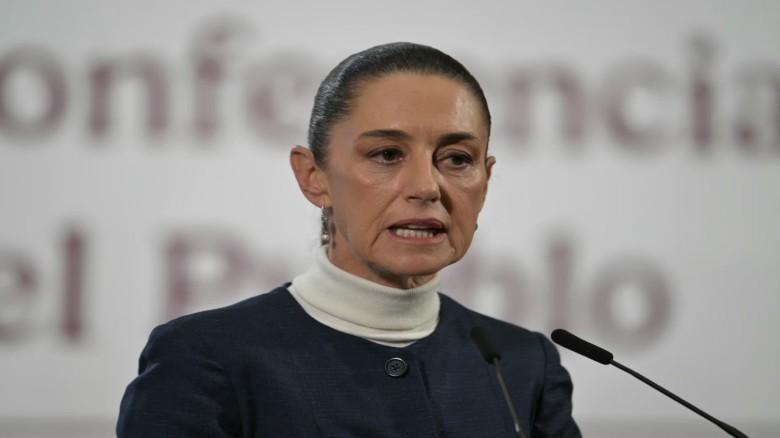

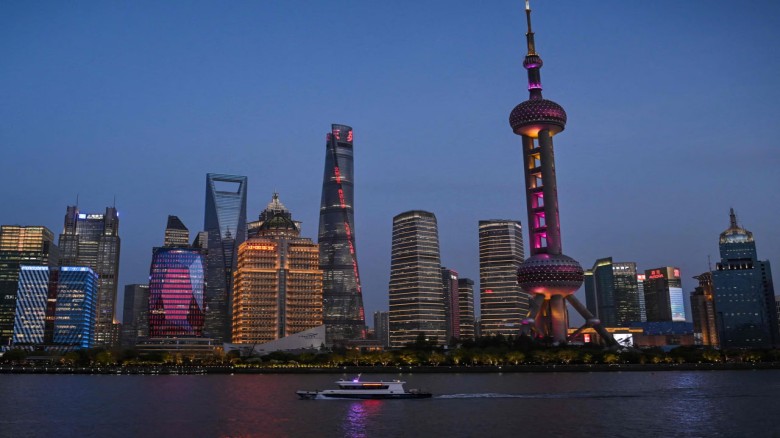
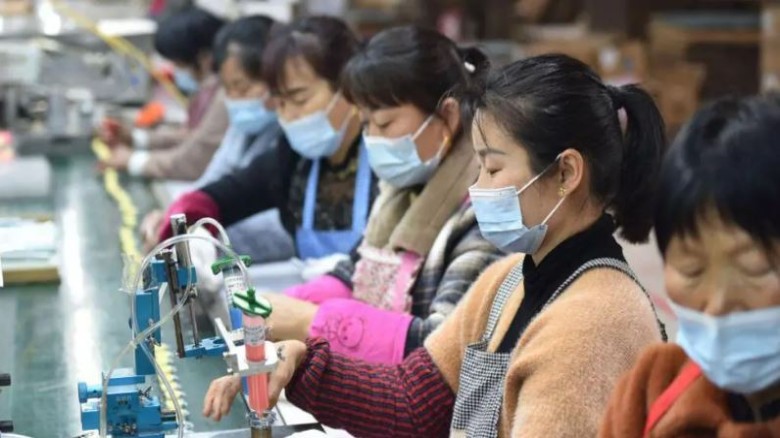

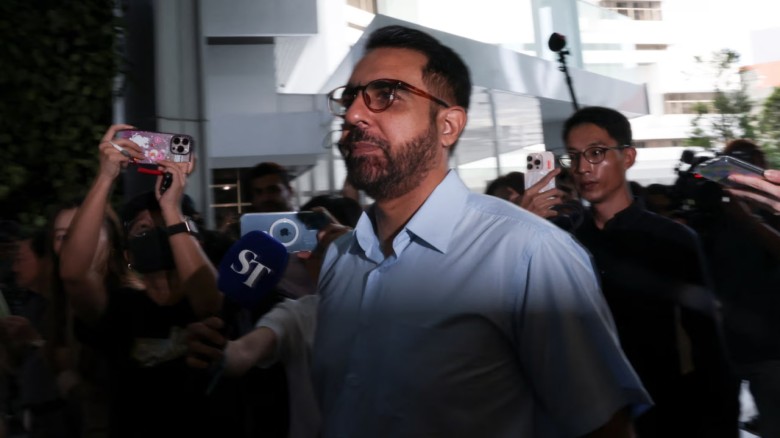


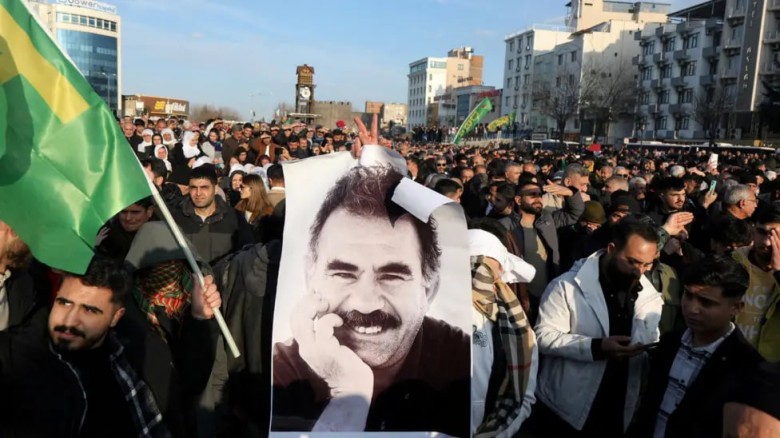
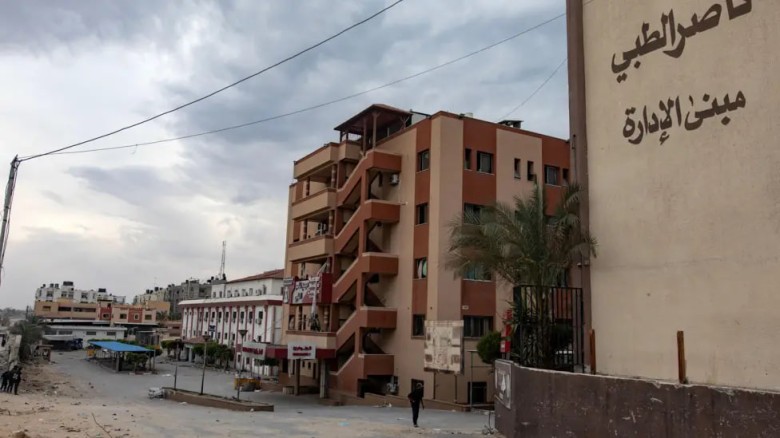
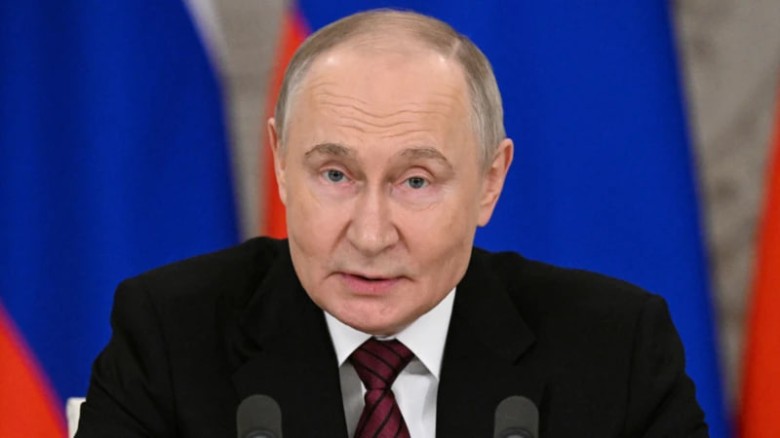
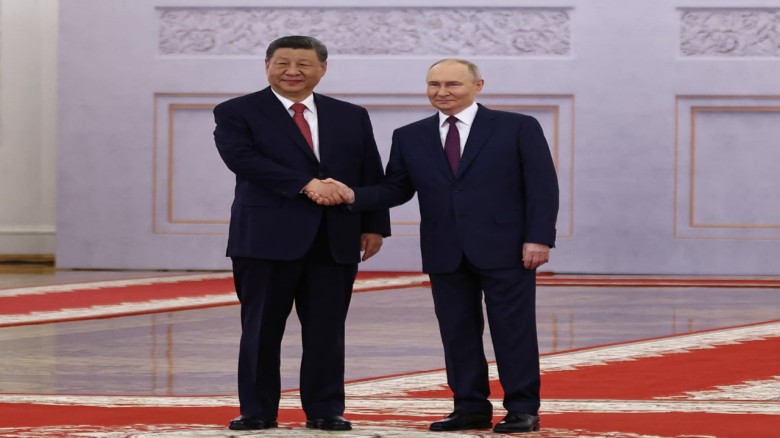
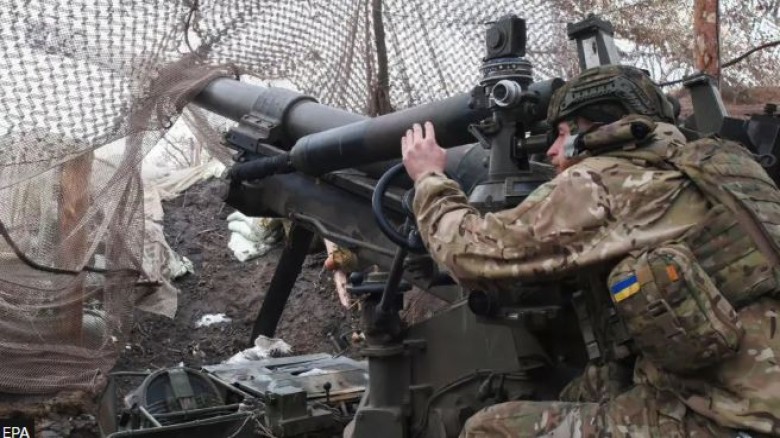



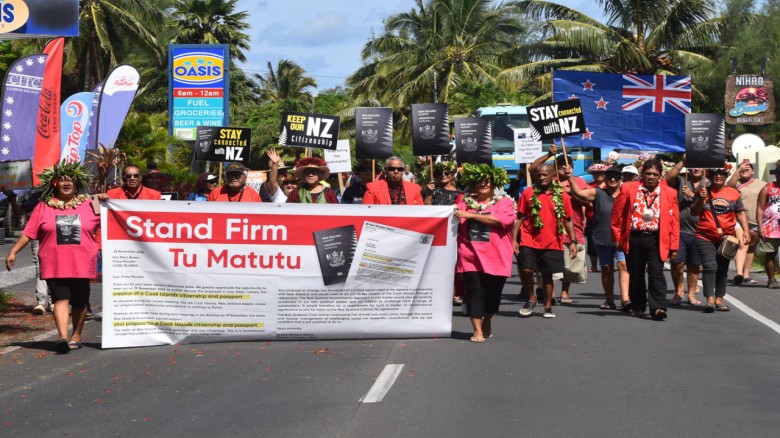
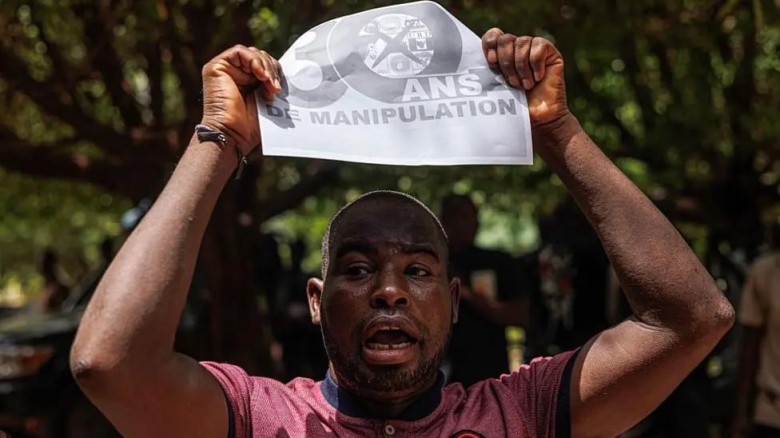
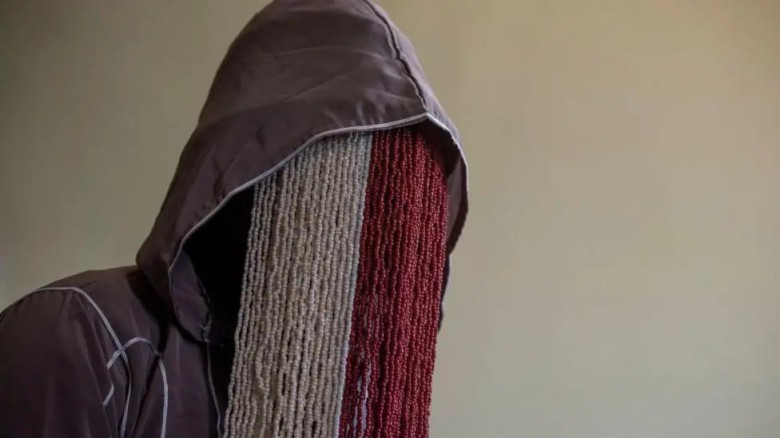

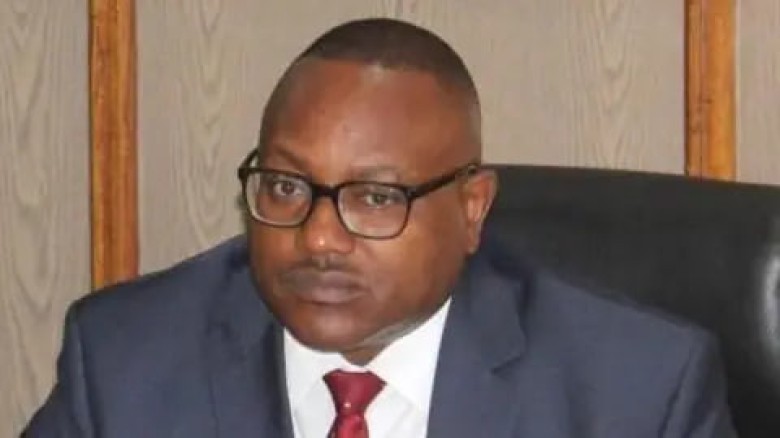
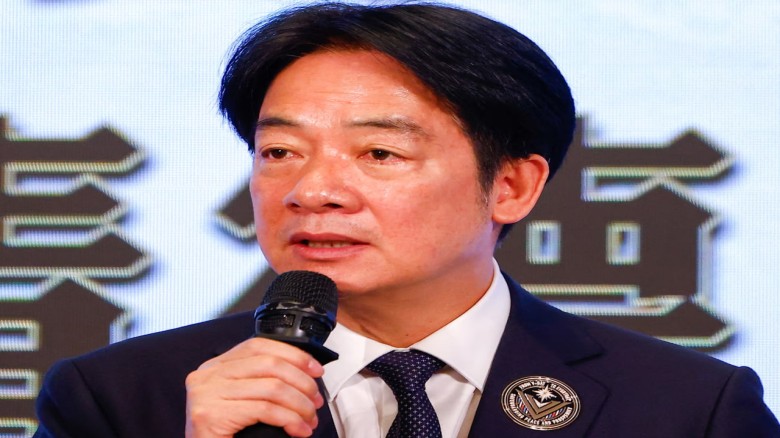


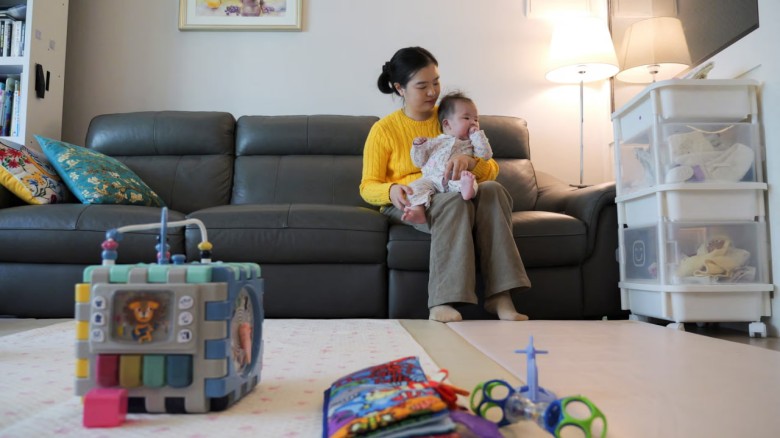
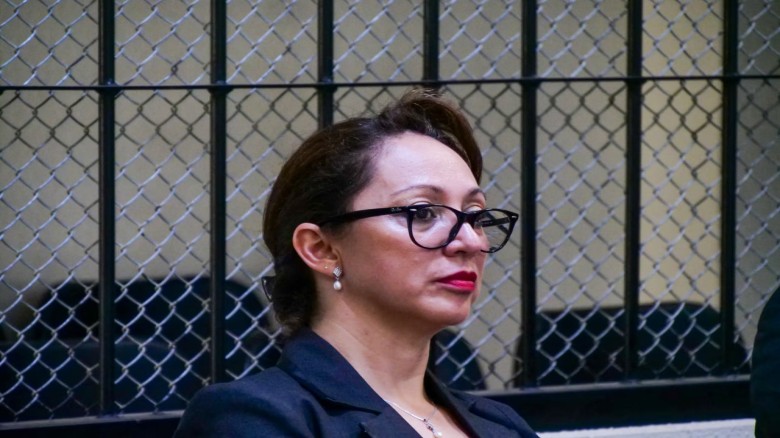

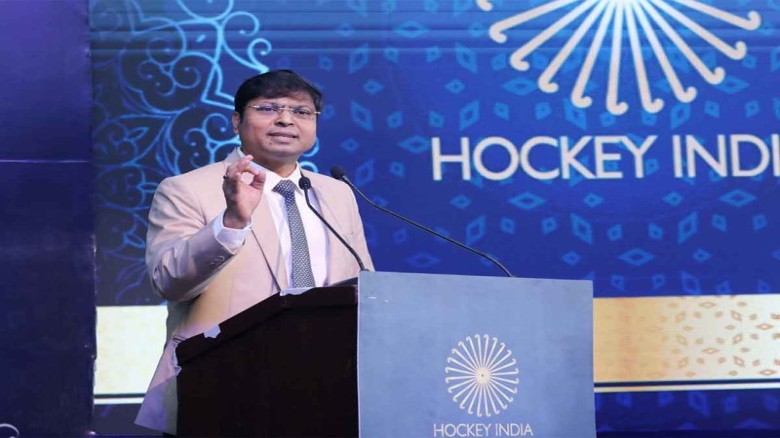
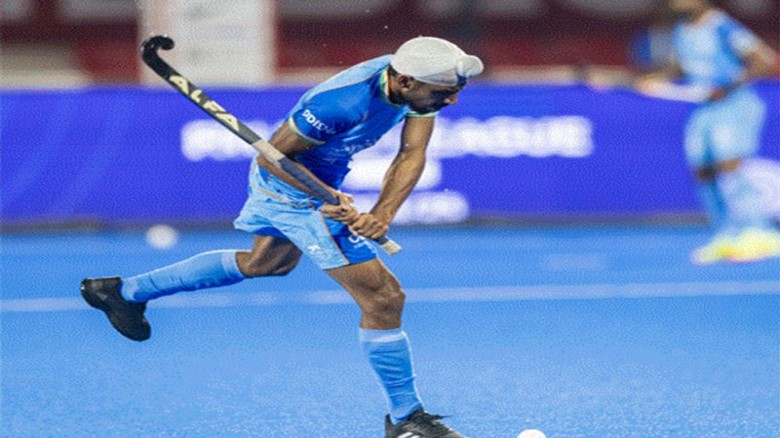
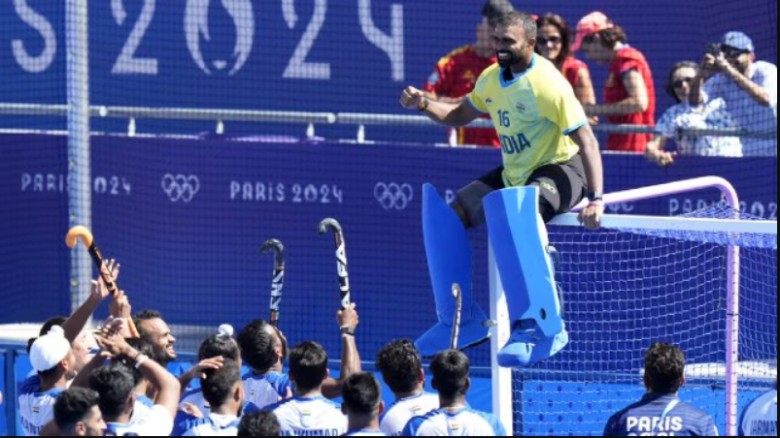






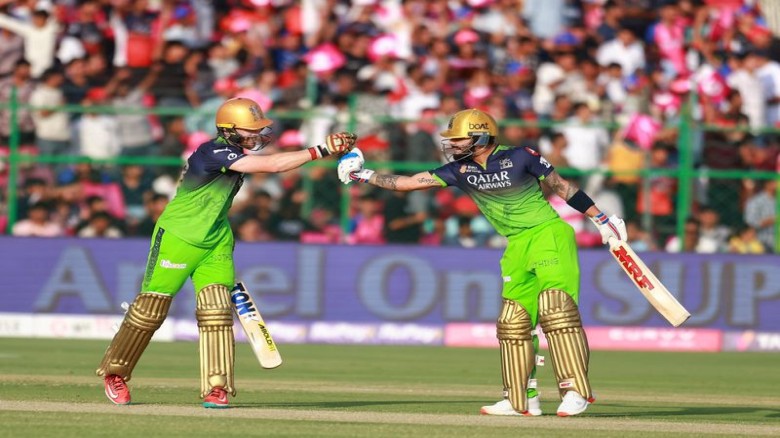




Leave A Comment